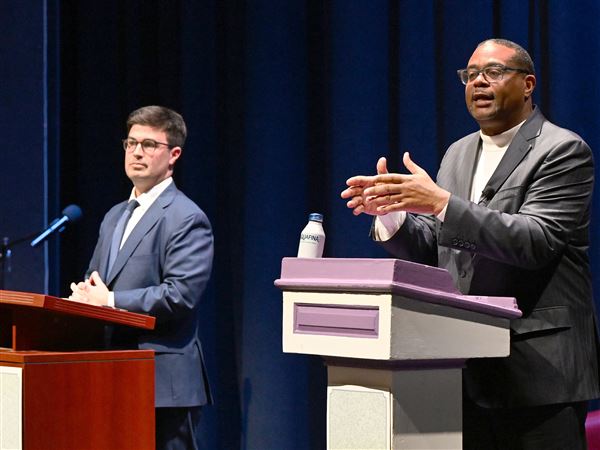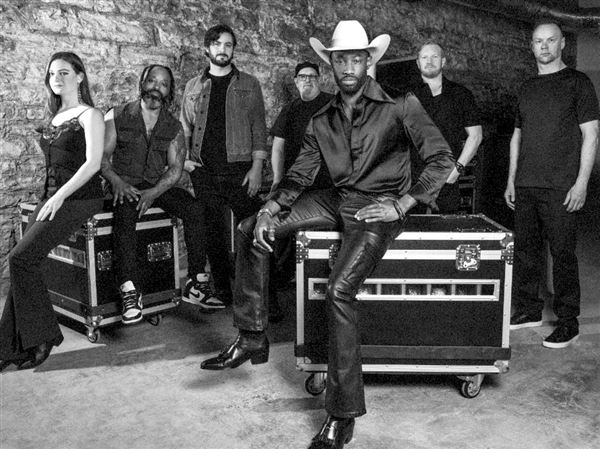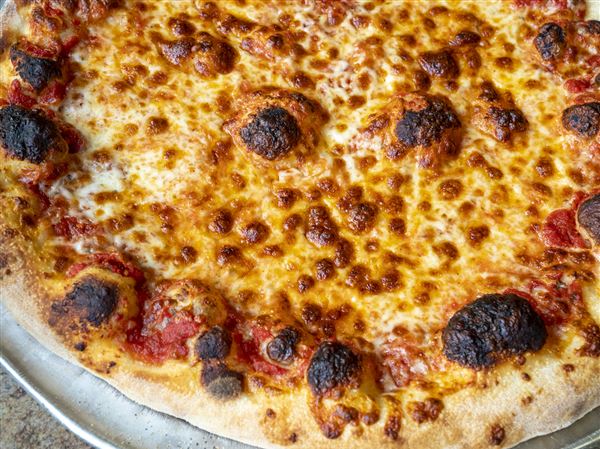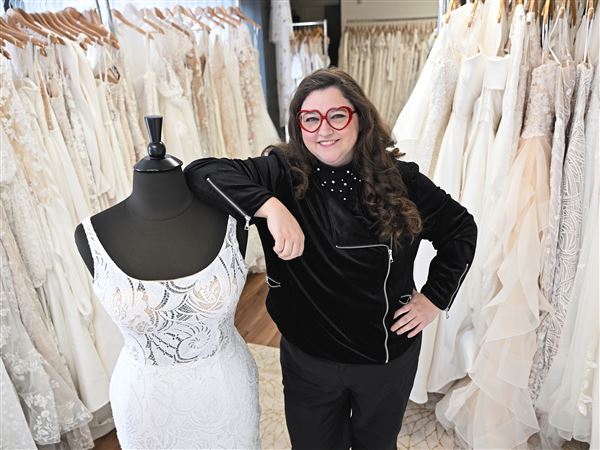The search is on for clothes, photographs, wood carvings and other items from the area's Carpatho-Rusyn community.
A new exhibit on the history of the area's Carpatho-Rusyns will kick off Sunday at the Monessen Heritage Museum, the home of the Greater Monessen Historical Society, said John Righetti, president of the National Carpatho-Rusyn Society in Munhall. A public reception will be held from 1 to 5 p.m. at the museum at 505 Donner Road in Monessen.
The Carpatho-Rusyns who settled in the towns of the Mon Valley were a Slavic people from the Carpathian Mountains of Europe with their own language, culture and costumes. Their homeland lies in the mountains of Poland, Slovakia, Hungary, Ukraine and Romania.
They were sometimes called Russians, but that is technically not correct. They also were called Carpathians, Ruthenians and Lemkos, according to Mr. Righetti, who is in charge of collecting items for the display, which will be a joint effort of the Carpatho-Rusyn Society and the Greater Monessen Historical Society.
By 1900, he said, the Monongahela Valley towns had one of the largest Carpatho-Rusyn settlements in America. Most Rusyn immigrants in Western Pennsylvania came from southeast Poland, western Ukraine and northeast Slovakia.
Western Pennsylvania now has 60,000 descendents of Carpathian immigrants, he said.
Many Byzantine Catholic churches and Russian Orthodox churches in the area were founded by Carpatho-Rusyn immigrants, Mr. Righetti said.
Mr. Righetti already has collected photographs from Carpathian church groups and fraternal organizations of the Mon Valley for the exhibit. He also has family photos of the group's early immigrants.
Carpatho-Rusyn costumes will be on display at the historical society, including some worn by a troupe of Carpathian dancers from Monessen, Mr. Righetti said.
Since the immigrants made a living as mountain shepherds in Europe, wool is prevalent in their clothes. He said very colorful patterns and embroidery also are typical.
Ethnic items collected will be supplemented with loaned displays from the National Carpatho-Rusyn Museum in Munhall, which will portray a typical Christmas Eve supper and the costumes of Carpatho-Rusyn carolers.
He said Carpathian carolers went from house to house at Christmas, putting on a play in each neighbor's living room.
Icons, early prayer books and other religious materials in the Carpathian language that were printed in Western Pennsylvania will be on display.
A religious icon of St. Cyril and St. Methodius that is four feet by six feet will be at the historical society. The saints, who were brothers, are credited by many as having brought Christianity to the Slavic peoples, Mr. Righetti said.
Maria Silvestri, who is helping to facilitate the exhibit, said the church chants of the Carpatho-Rusyns distinguish them from all other Eastern European immigrants. Their entire church service is sung in the Rusyn Slavonic language, she said.
Videos of Rusyn church services will be shown as part of the exhibit.
Carpathian dishes are similar to those in Slovak, Polish and other Slavic traditions, but often with a twist. For instance, Mr. Righetti said, Rusyn halushki is made with cabbage and dumplings instead of cabbage and noodles.
Other traditional ethnic foods include pagach, a pizza made with dough that is about one inch thick, a layer of potatoes and cheese or fried cabbage, then a thin layer of dough on top. Palachinky consists of thin crepes spread with cheese sweetened with sugar and vanilla, or a paste made from apricots, plums or strawberries.
"Even though we've been here 120 years, we haven't lost these things," Mr. Righetti said.
Susanna Swade, corresponding secretary for the Greater Monessen Historical Society, said a Rusyn cooking demonstration will be held on a Sunday afternoon during the exhibit, which will run until the end of June. She said ethnic singing and dancing performances also will be held in conjunction with the display.
Museum hours are 10 a.m. to 3 p.m. Wednesday through Saturday, plus selected Sundays for special events, which have not been chosen yet, she said.
Although Mr. Righetti has collected a number of items for the show, he is looking for more, including: audio recordings of Carpathian immigrants speaking their native tongue; crafts such as wood carvings and embroideries; Easter basket covers and decorated Easter eggs; documents from local Carpatho-Rusyn families; family photos; and more costumes.
Details: 724-684-8460.
First Published: March 24, 2011, 10:00 a.m.













